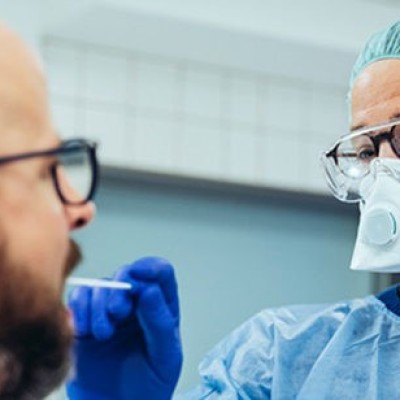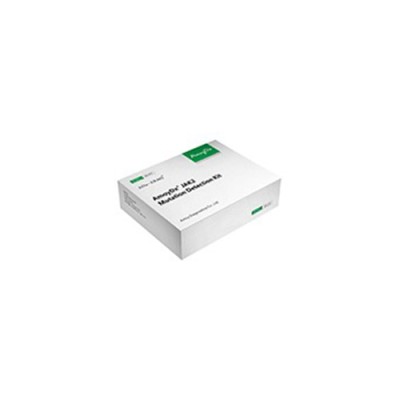
Clinical studies have shown that exome sequencing provides a 25% chance of diagnosis for undiagnosed genetic conditions. This rate differs according to the disease type studied, whether trio analysis is used or not, and the inheritance pattern of the selected disease.
Whole Exome Sequencing
Sophia Genetics' entire exome panel (WES by Sophia Genetics) includes the coding region of more than 19,000 RefSeq genes and ±5 bp intron/exon boundaries.
In the exome panel studied according to the probe-capture method, after a total of 8 work hours, the next generation sequencing device can be loaded. With high target-to-read percentage and homogeneous read distribution, it provides superior coverage even in GC-rich first exons.
Twist Bioscience's Twist Human Core Exome Kit, a leader in synthetic DNA production, includes library preparation and target enrichment reagents, allowing high quality results at low cost.
With this kit, which contains high accuracy double-stranded DNA probes, target regions are enriched homogeneously. With the kit designed to cover the 33 megabase genomic region, 99% of ClinVar variants can be detected.
The Illumina Whole Exome Kit provides an easy and efficient solution for detecting exonic variants. With its rapid library preparation and capture-based exome enrichment process, it allows library acquisition in less than 2 days without the need for additional equipment.- Improved transcriptome chemistry results provide consistent library preparation and exome enrichment, increasing accuracy in results.
- Fast, automation-friendly workflow can be completed in less than 2 days and requires only 3 hours of implementation time.

Clinical Exome Panel
In recent years, clinical exome studies have started to replace whole exome sequencing for some specific conditions, increasing the success of diagnosis. It is a test that can be preferred over targeted multi-gene panels in particular.
Illumina's TruSight One sequencing panels allow high coverage sequencing of 4800 to 6700 disease-associated target genes. TruSight One and TruSight One Expanded panels are designed to cover 12 megabase and 16.5 megabase genomic regions, respectively.
Illumina Trusight One Clinical Exome Panel
Sophia Genetics' clinical exome panel (CES by Sophia Genetics) includes more than 4,500 inherited disease-associated genes. It covers an area of about 11 megabases.
Did you know that?
Whole exome sequence analysis was used for the first time in the study of Worhey et al in 2011 to diagnose and guide treatment. In the study, a mutation was detected in the XIAP gene of a 15-month-old boy with inflammatory bowel disease, and after functional studies, a diagnosis was made and treatment options were determined..
When Should I Use Whole Exome Sequencing?
In different studies, it is known that the effect of whole exome sequencing analysis on diagnosis is 25%. This rate differs according to the disease type studied, whether trio analysis is used or not, and the inheritance pattern of the selected disease.
- To diagnose a new disease, to identify a new disease-causing mutation,
- To support family planning with prenatal diagnosis,
- Early diagnosis in asymptomatic young patients
For the purposes of whole exome sequencing.
Exome Sequencing Limitations
One of the issues to be considered in sample selection for exome sequencing is the expected mutation type as well as the inheritance pattern of the disease. Major translocations, copy number changes, mitochondrial genome mutations, epigenetic factors, mosaic mutations, uniparental disomy, GC-rich region repeats, nucleotide repeat diseases, and expected mutations in genes with very similar pseudogenes cannot be detected by exome sequencing. For copy number changes, results can be obtained by using special bioinformatics interfaces or algorithms.








